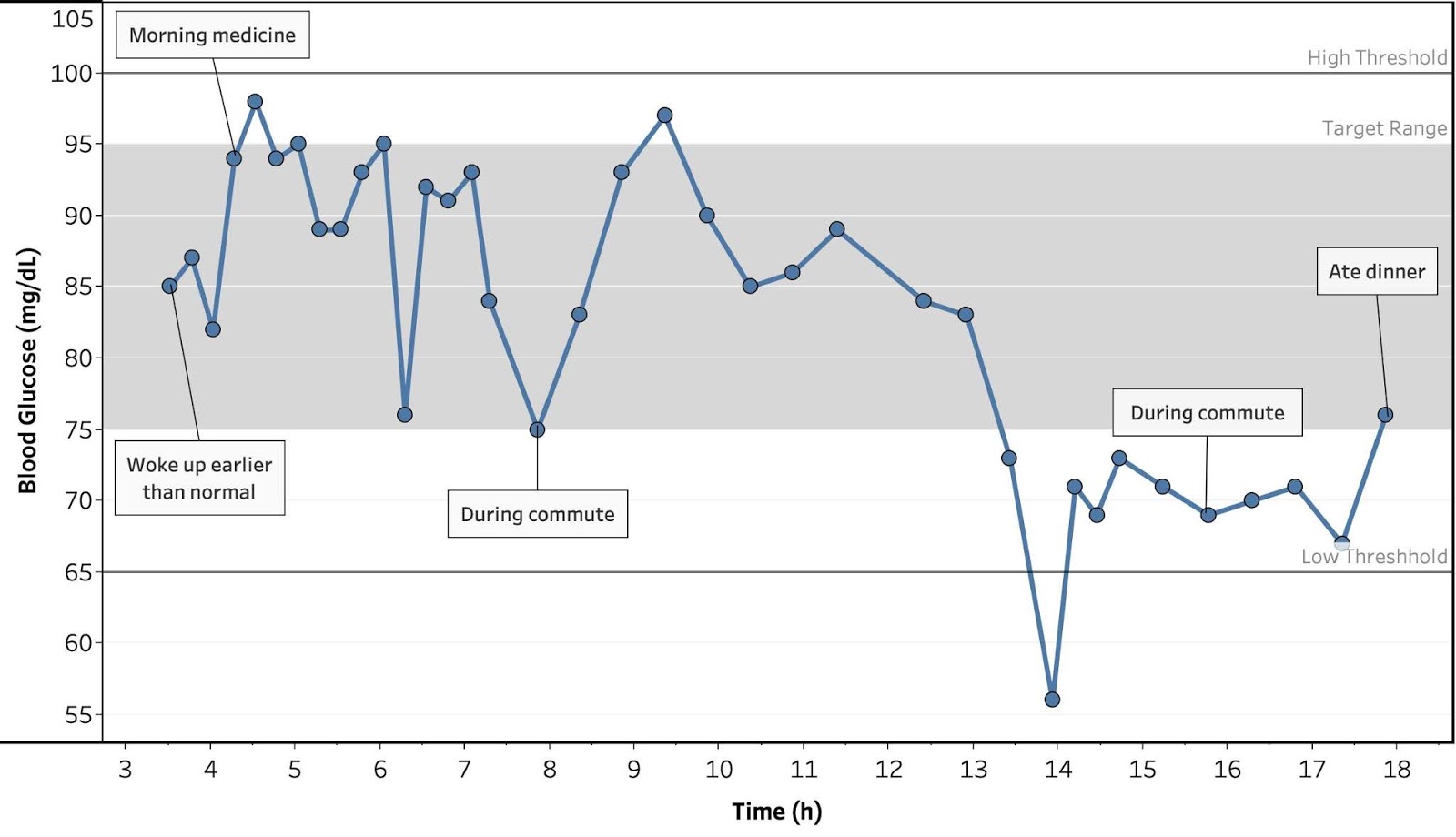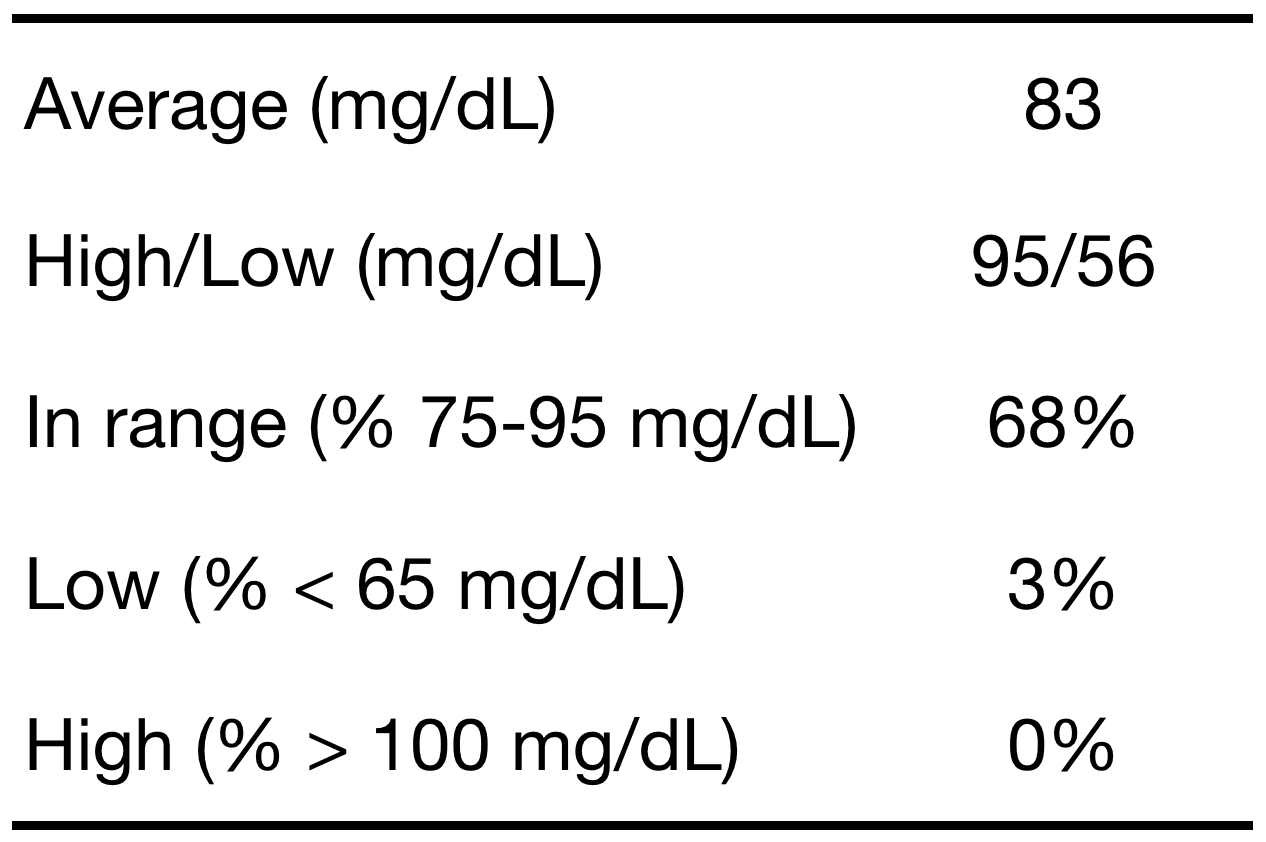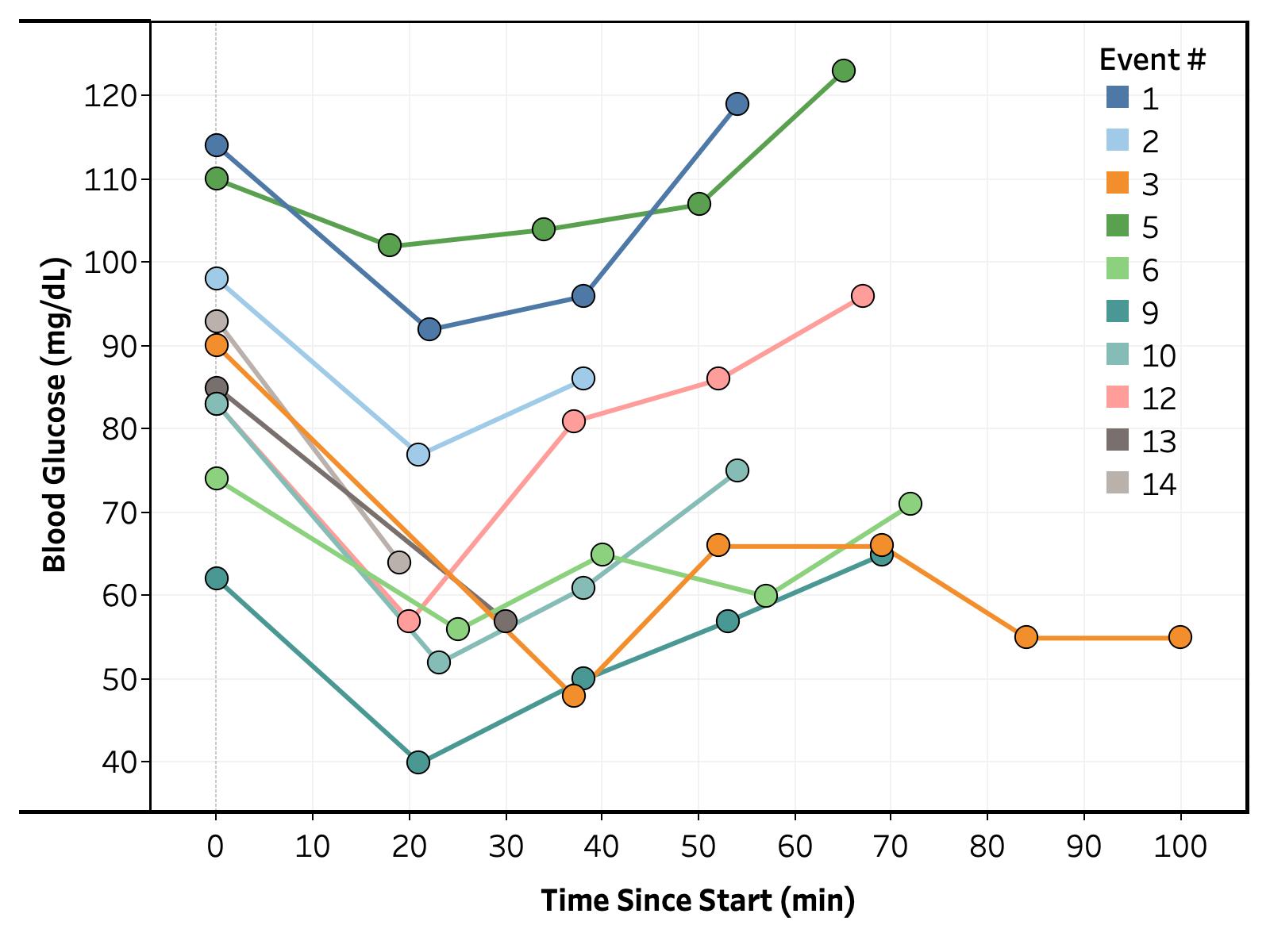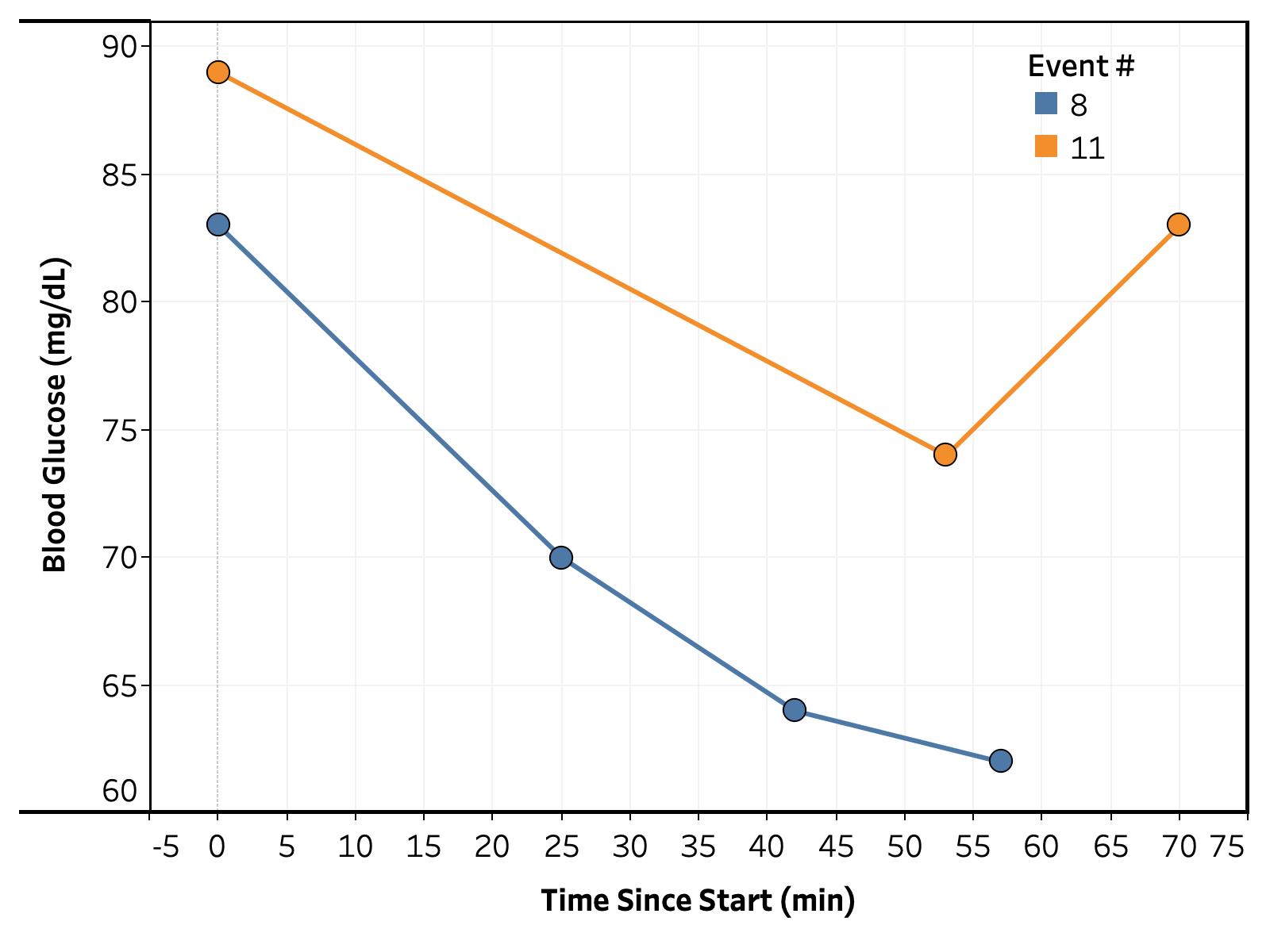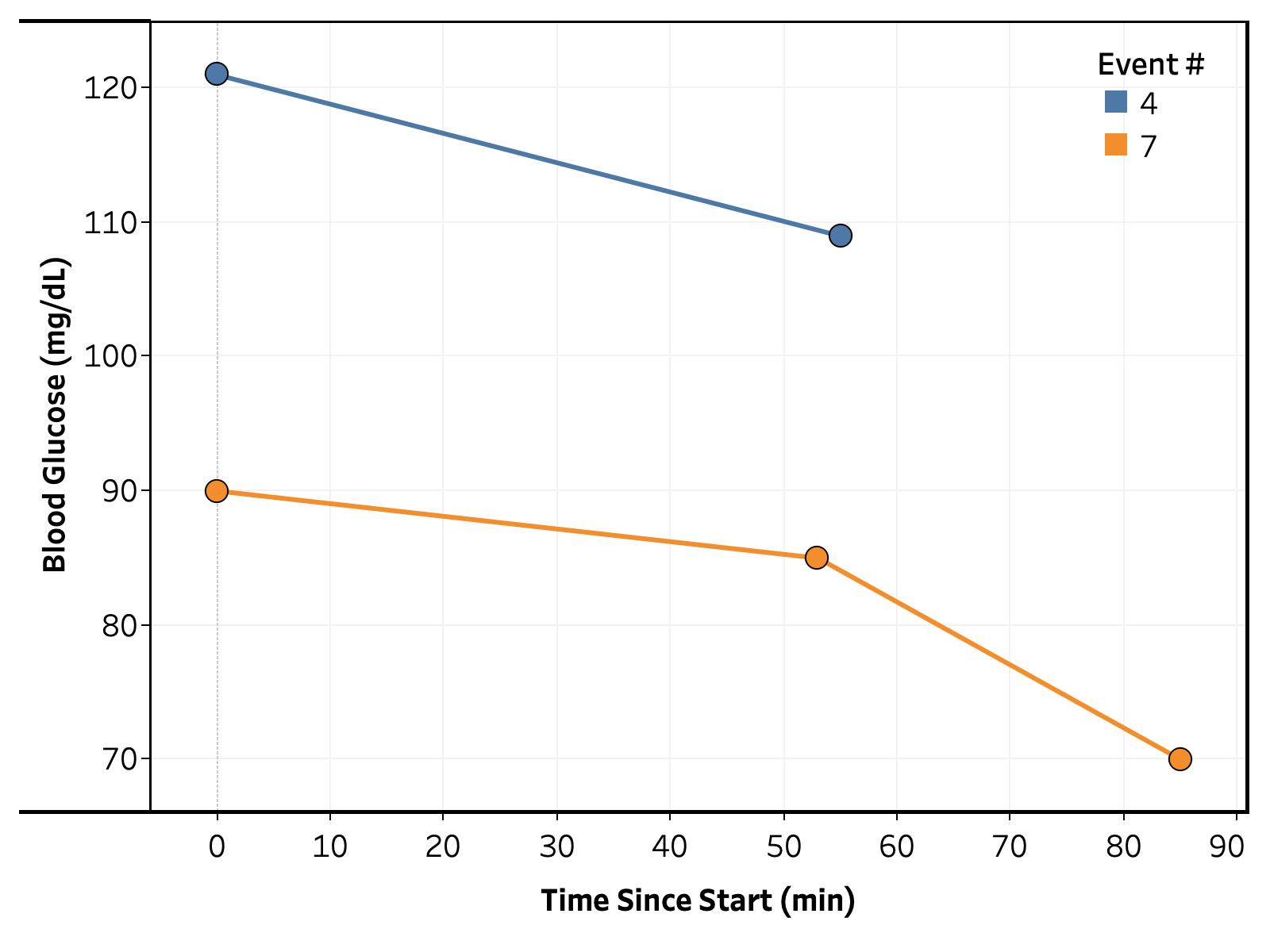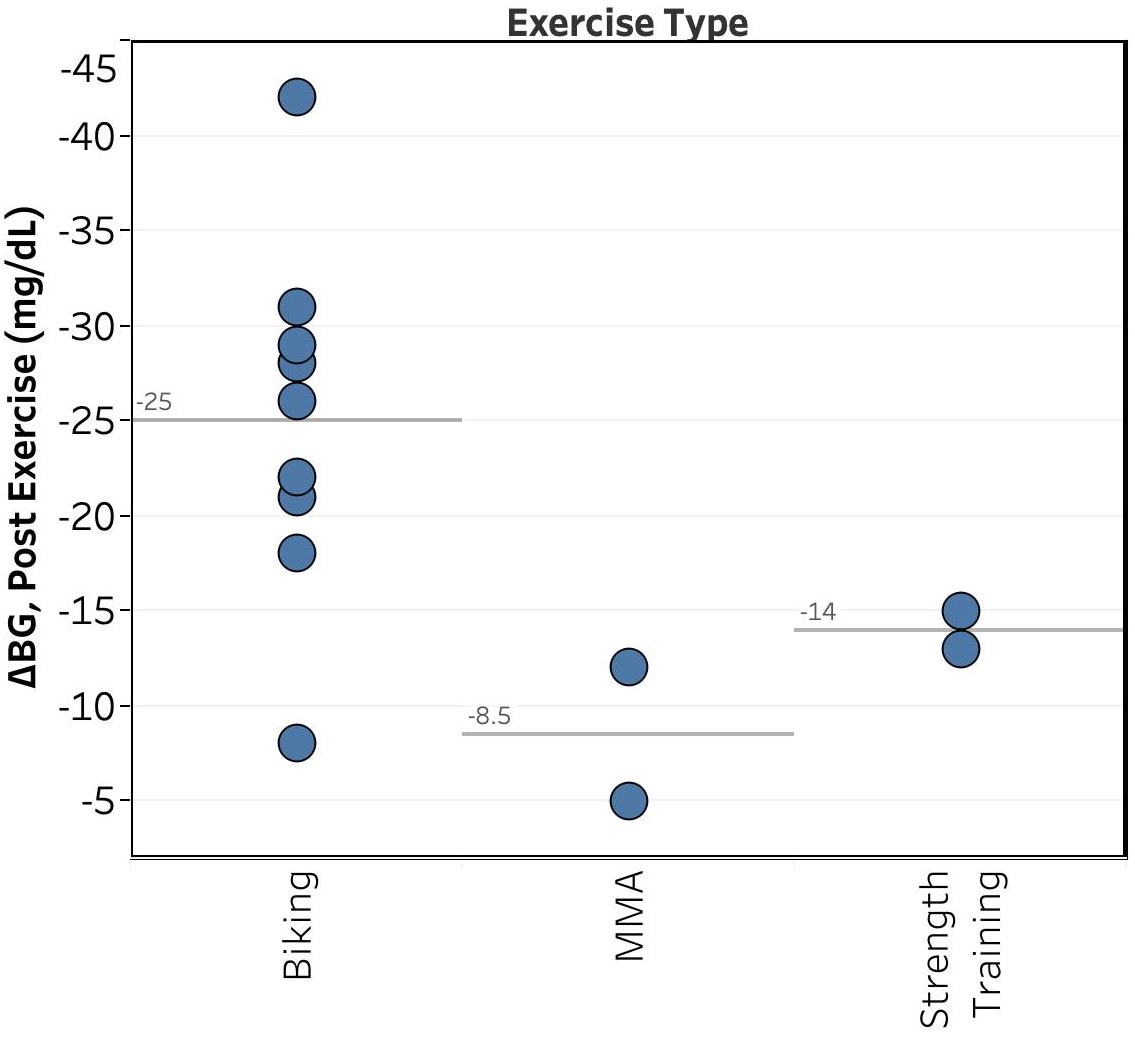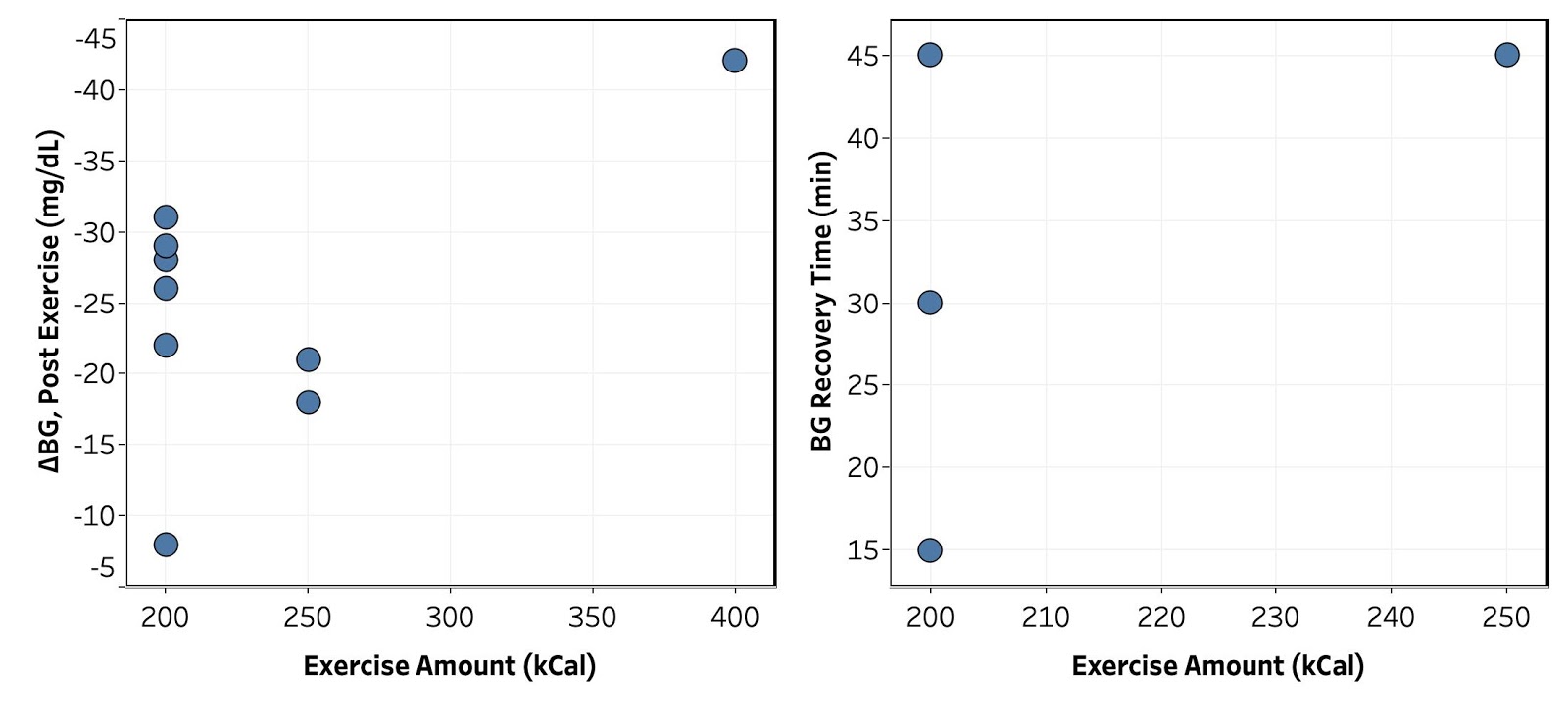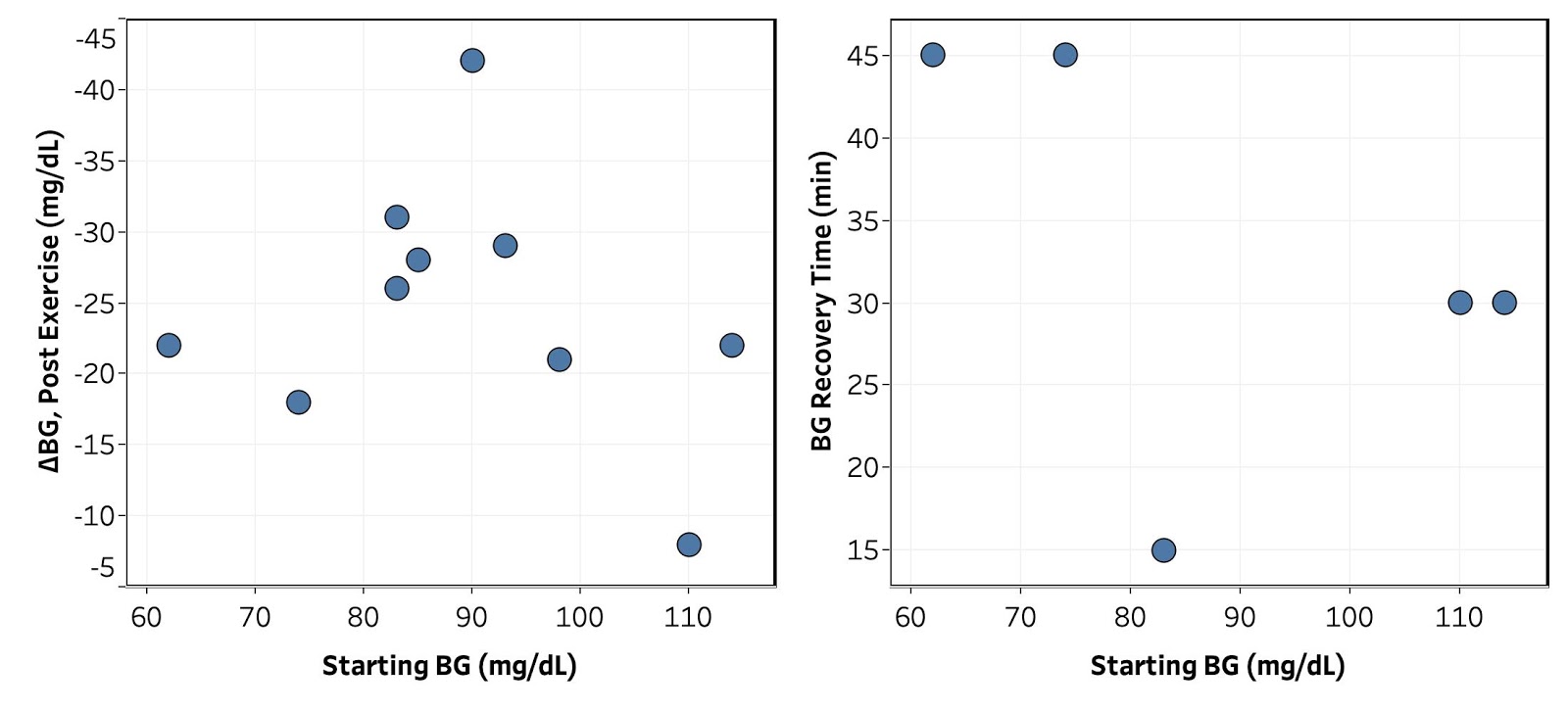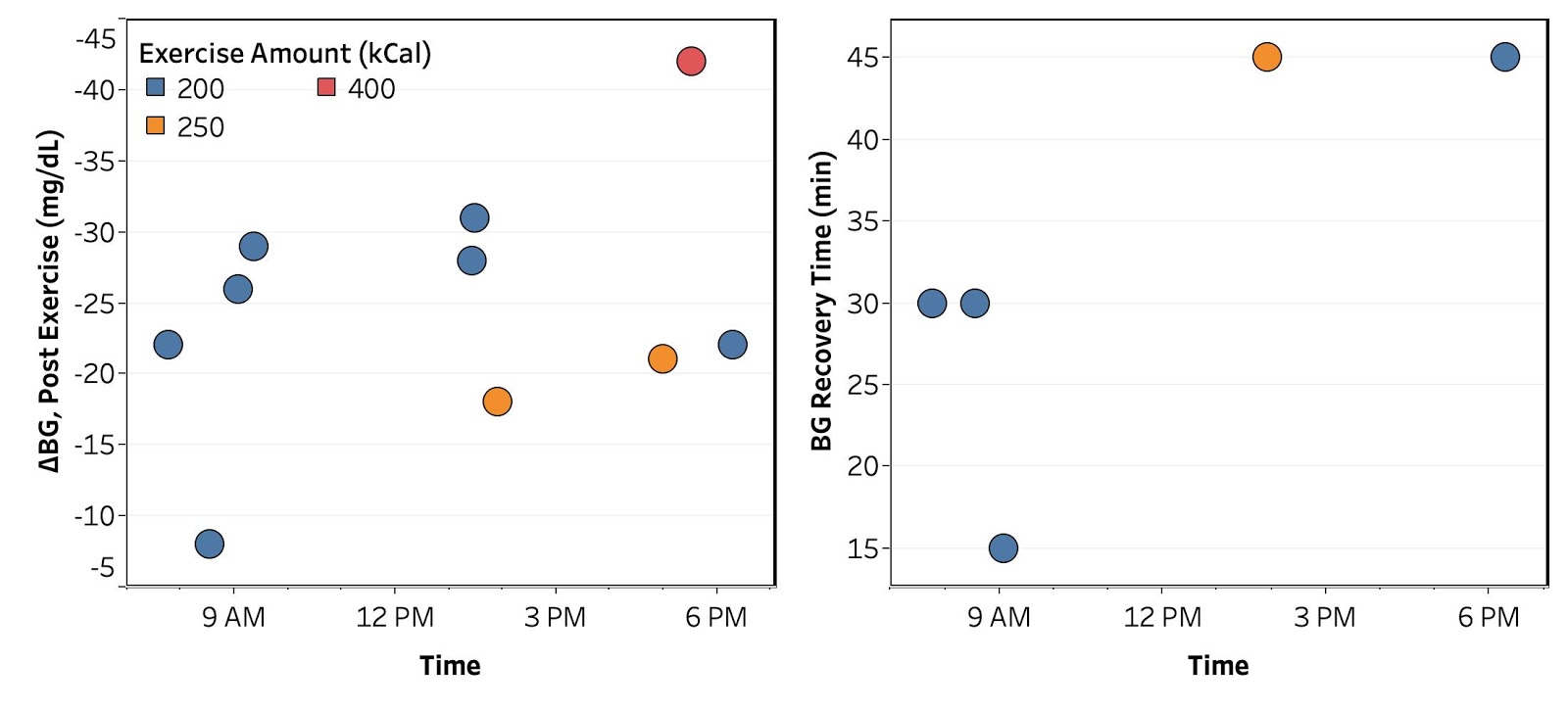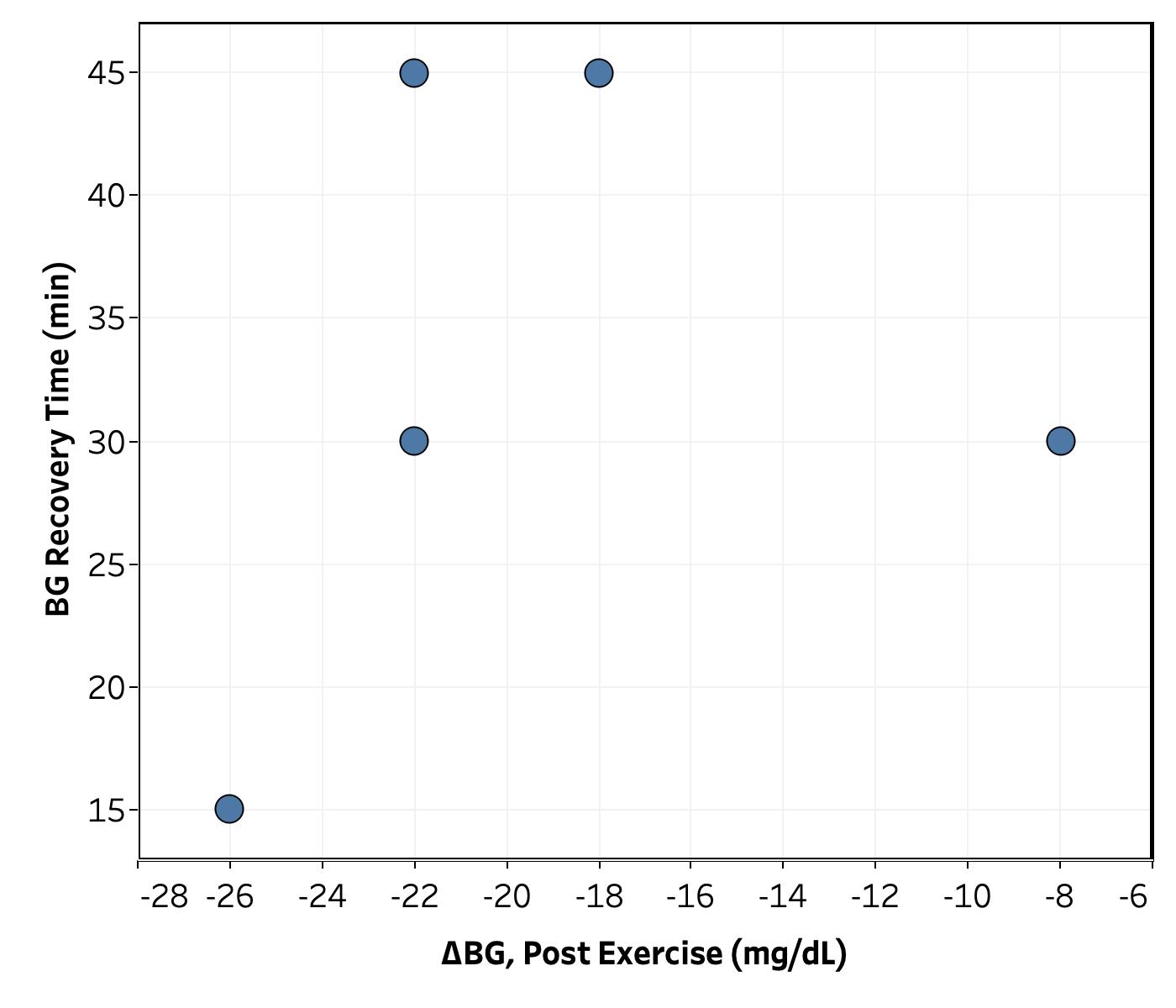Get new posts by email or rss feed
For my next set of experiments, I want to measure the effect of different foods on blood sugar. I’m particularly interested in the effect of:
- low-carb flour and sugar replacements (e.g. oat-fiber, lupin flour, allulose, etc.)
- combinations of ingredients (e.g. how much does indigestible fiber, fat, or protein slow carb absorption
When I tried this before, I added ingredients to my normal meals measured the change in my normal BG trends (see Next Experiments). This proved too noisy and I couldn’t get a clean measure of the effect of even pure glucose in a reasonable number of measurements (see Next Experiments).
This time, I have a continuous glucose monitor (Freestyle Libre, post coming soon on accuracy vs. fingerstick and attempts to calibrate it) and am going to try to more carefully isolate the effects of the ingredient being tested.
This is going to be a lot of work and take many weeks, so I was hoping to get some feedback on my experimental design before I start. If you’re interested, please take a look and leave your feedback/critique in the comments.
It’d really improve the experiment to have more people participating. Let me know in the comments or by e-mail if you want to join in (see sidebar).
Proposed Experiment
Note: I put some specific questions at the end
- Goals:
- Determine effect of individual ingredients on the blood sugar of person with Type 2 diabetes
- Determine effect of combining ingredients on same.
- Develop model to predict the effect on blood sugar of meals that’s more accurate than standard carb+protein counting
- Approach:
- Calibrate Instruments: Over several days, measure blood sugar by both CGM (Freestyle Libre) and BGM (Freestyle Lite). Develop a calibration curve to increase accuracy of CGM data
- Note: I’m already doing this and initial indication is that ~75% of the discrepancy between the two meters can be accounted for by a simple linear gain + offset error
- Establish Baseline: Monitor blood sugar while skipping breakfast & lunch (both food & insulin) to identify a period of time where my blood sugar is stable for a long enough (need at least 2-4 hours).
- Based on previous experiments, I’ll need to wait until after lunch.
- Will collect data on at least 3 days in which I’m not exercising in the morning (M, W, F)
- To reduce potential noise, need to be careful not to overeat or eat late the night before.
- Measure Food Effects: For each ingredient or combination of interest, follow the same procedure as in the baseline, but at the selected time, consume a fixed, measured quantity of the ingredient and monitor blood sugar by CGM and BGM (every 30 min.) for 2 hours or until my blood sugar is stable for at least 1 h.
- Initial quantity will be selected based on my previous experience of what will raise my blood sugar by ~20 mg/dL.
- Based on the initial results, I will test different quantities of the ingredients until I have a dose-response curve with BG increases from 0 to 40 mg/dL or the quantity exceeds what I would reasonably consume in a sitting, whichever is smaller.
- Number experiments will be at least 3 per ingredient or combination.
- Calibrate Instruments: Over several days, measure blood sugar by both CGM (Freestyle Libre) and BGM (Freestyle Lite). Develop a calibration curve to increase accuracy of CGM data
- Initial Ingredients to Test:
- Glucose tablet – baseline to which everything else will be compared
- Dissolved glucose – effect of dissolving an ingredient
- Whey protein – effect of protein
- Casein protein – effect of protein type
- Allulose – my favorite “indigestible” sweetener for baking & ice-cream
- Oat-fiber – low-calorie, low-carb flour replacement I use for muffins and cookies
- Inulin – used in a lot of low-carb foods
Questions
- Current design tests one ingredient at a time. This is a lot simpler and lets me get results for the first ingredients sooner, but does introduce a systematic variation between ingredients (the week). My thought was to mitigate this by re-testing glucose at some frequency to measure week-to-week variation. Do you think this is sufficient or is there a better design?
- I’m not planning to repeat quantities of a given ingredient multiple times, but instead vary the quantity. Since the end result of interest is change in BG as a function of quantity, I figured this would be more experimentally efficient. Are there any problems with this approach?
- Since experiments will be done on M, W, F, there will be a 1-2 day washout period between ingredients. Is this sufficient or do I need to separate ingredients by week to ensure a two day washout?
- Are there any other ingredients you’d like to see me test?
- Are you interested in joining the experiment?
– QD
